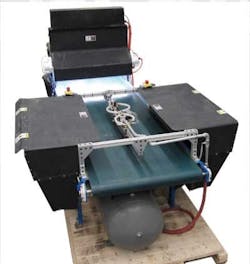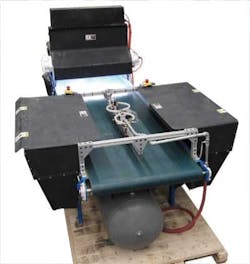Vision system sorts strawberry plants
Researchers at Carnegie Mellon University’s National Robotics Engineering Center (NREC; Pittsburgh, PA, USA;www.rec.ri.cmu.edua>) have developed a plant-sorting machine that uses machine vision and image processing. The machine inspects and grades harvested strawberry plants, and then mechanically sorts by quality—tasks that until now could only be done manually.
During the fall harvest season, strawberry plant nursery farms use manual labor to sort several hundred million strawberry plants into good and bad categories. To maintain good strawberry yields, commercial berry growers must replace their plants every year. The sorter’s machine-vision algorithms allow it to be taught how to classify strawberry plants of different sizes, varieties, and stages of growth, beyond the simple classification of good and bad plants. During a 10-day field test in October 2009, NREC engineers tested the strawberry plant sorter under realistic conditions.
On average, it sorted 5000 plants per hour. While the sorter’s overall error rate was close to that of human workers, it inspected and sorted plants more consistently. The NREC hopes to achieve sorting rates of 20,000–30,000 plants per hour with the final system. The five producers who are sponsoring development of the sorter system represent about 85% of the California strawberry plant nursery market.

